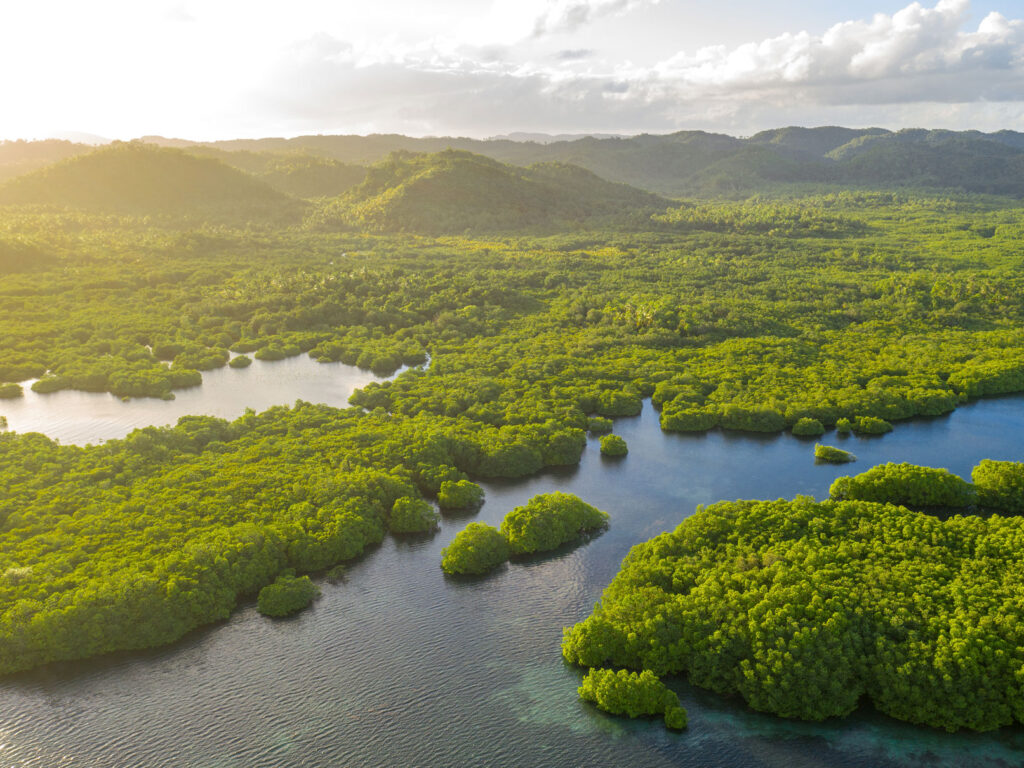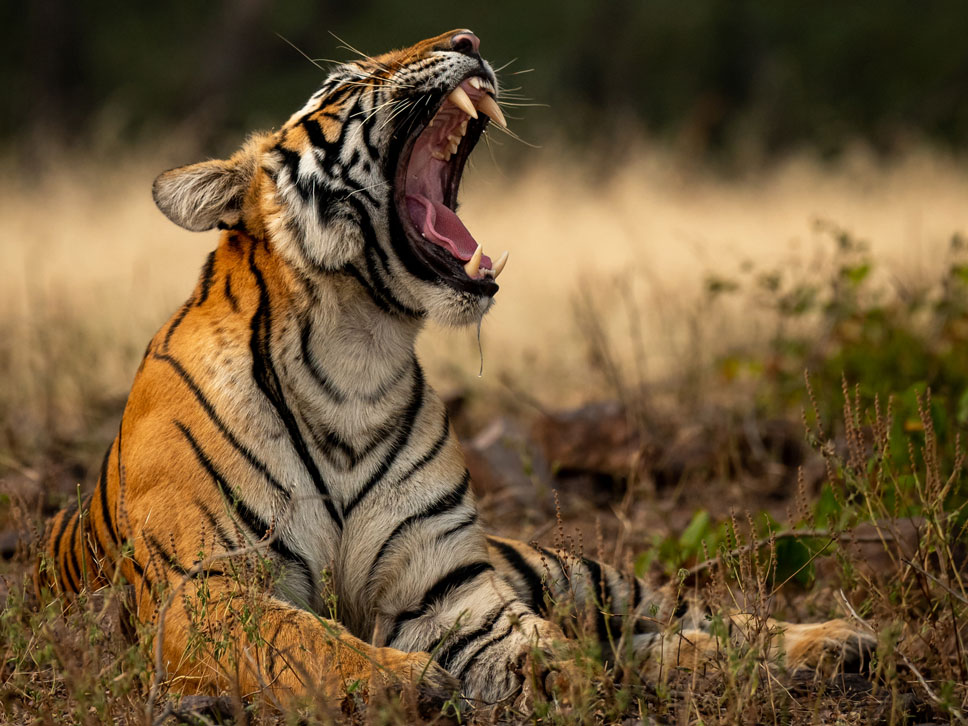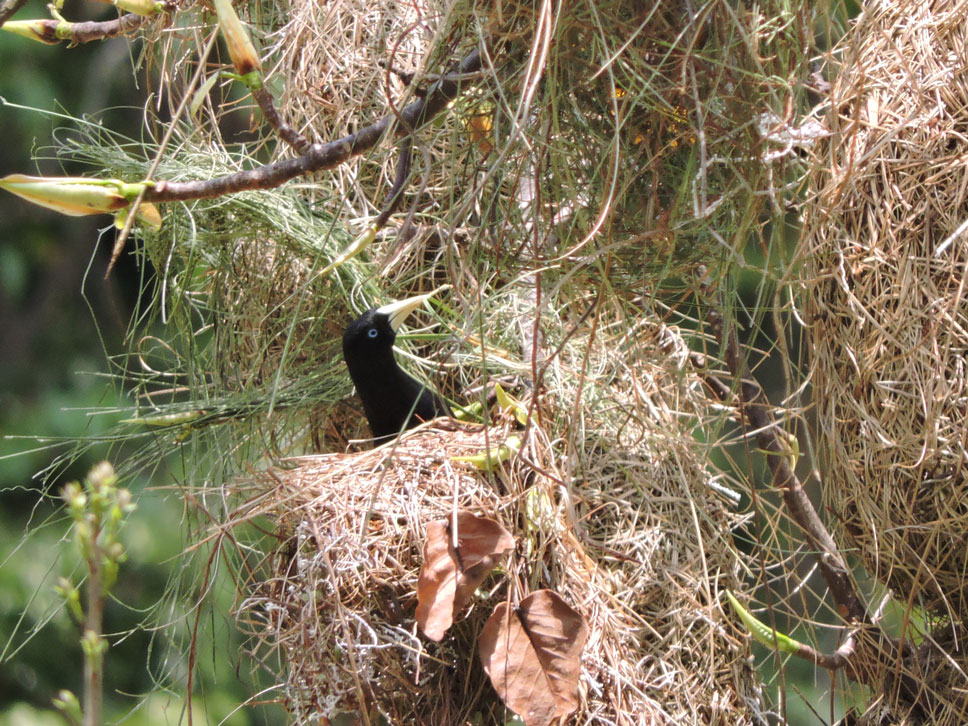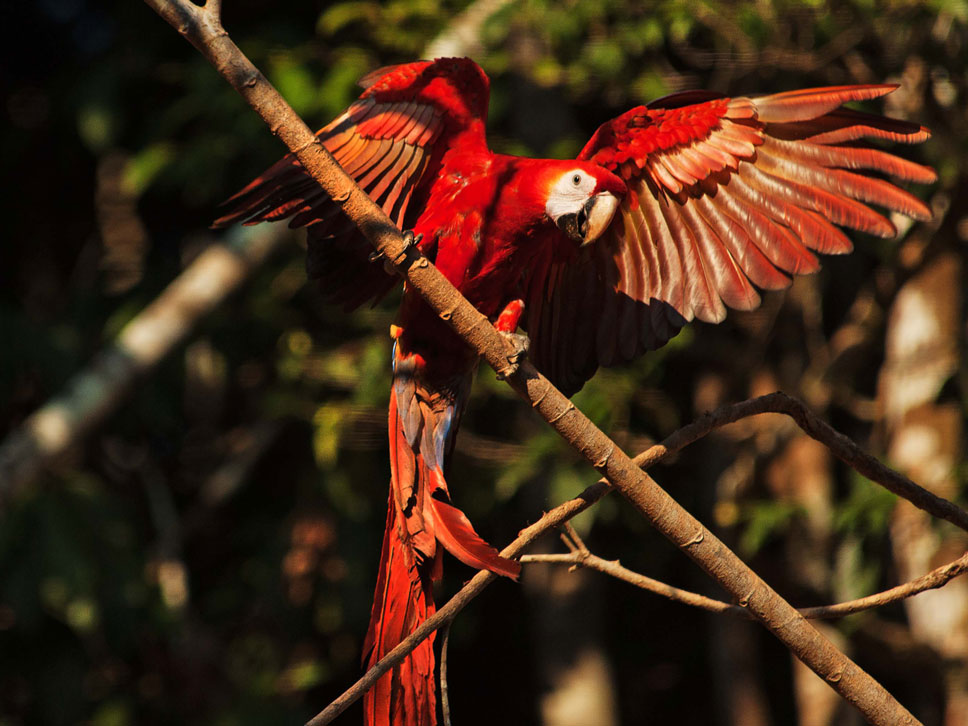Biodiversity and carbon sequestration: a powerful duo to mitigate climate change
Since the signing of the UN Framework Convention on Climate Change in 1992, the global community has recognised the need for collective action to reduce the amount of greenhouse gases (GHG) in our atmosphere. This was followed by major agreements such as the Sustainable Development Goals and the 2015 Paris Agreement to protect biodiversity and further limit climate change. However, some of the impacts of climate change are already affecting our ecosystems, causing tree mortality and loss of biodiversity. At Volkswagen ClimatePartner, we understand the urgency of the situation. Protecting biodiversity in particular is not only an environmental issue for us but a key element of our strategy to mitigate climate change. But why is it so important to protect biodiversity, how does it relate to carbon sequestration and what exactly is our role in the process? Let us explain.
Why healthy habitats matter

Natural habitats are home to a wide range of plants, animals, and micro-organisms. They provide essential resources such as food, water, and shelter, allowing all kinds of species to survive and thrive. They contain rich biodiversity, including different ecosystems such as forests, oceans, and wetlands, a variety of animal and plant species, and genetic variation within these species. In addition, diverse ecosystems provide services such as nutrient cycling, water purification, and climate regulation. Unfortunately, these natural habitats are under threat from human activities such as deforestation, urbanisation, agriculture, and pollution, as well as natural risks such as global warming and geological events. This is dangerous because biodiversity is a key indicator of ecosystem health. The higher the level of biodiversity, the more resilient the ecosystem. A more resilient ecosystem is better able to support natural carbon sequestration processes.
What is the link between carbon sequestration and biodiversity?
Carbon sequestration and biodiversity are highly connected. This is because natural habitats such as forests, grasslands, and wetlands act as important carbon sinks. They naturally remove carbon dioxide from the atmosphere through photosynthesis and store it in biomass and soil. The healthier biodiverse ecosystems are, the better they can adapt to climate change since biodiverse ecosystems tend to sequester more carbon. This is because healthy ecosystems have a greater diversity of species that can respond differently to environmental stress and help maintain ecosystem stability. For example, planting a variety of tree species allows each tree or plant to take up carbon at a different rate. This diversity maximises carbon sequestration and promotes ecological balance, resulting in self-sustaining systems that require less human intervention to maintain their carbon storage capacity. Protecting ecosystems therefore not only helps to store more carbon but also supports the habitats that sustain different species, which in turn supports biodiversity.
How are we protecting natural habitats?

All climate projects we engage in support global conservation efforts, such as those outlined in the Kunming-Montreal Global Biodiversity Framework. This framework aims to protect 30% of the world’s land and marine areas by 2030. The projects focus on protecting forests, planting new trees, and restoring wetlands, all of which help to safeguard important ecosystems. Many of these efforts take place in biodiversity hotspots such as tropical forests and wetlands.
But how are we protecting these ecosystems threatened through risks such as deforestation? Our solutions include implementing regenerative agriculture, forest conservation, restoring ecosystems, or supporting ecosystem services. Many nature-based solutions (NbS) focus on establishing corridors that have been separated or fragmented. This allows animals and plants to move more easily between these areas. When species can move freely, they are better able to adapt to changes in their environment, such as climate change or habitat loss. Reconnecting these habitats helps to create a more stable and diverse ecosystem.
While we focus on biodiversity, we cannot ignore social benefits. We ensure that local communities are involved in our conservation efforts. Their involvement is essential as they bring traditional knowledge and sustainable practices that enhance the effectiveness of these projects.
Bringing climate action to life: the Manoa project in Brazil

One example of our commitment to biodiversity is the Manoa Project in Brazil, which focuses on protecting 74.000 hectares of tropical rainforest. The project is in one of the regions with the highest deforestation pressure globally. It helps with carbon sequestration, and avoidance of emissions and aligns with several targets of the Global Biodiversity Framework such as habitat protection of one of the few global Important Bird and Biodiversity Areas (IBA).
Like all projects we supprt, the Manoa project contributes to various of the UN’s Sustainable Development Goals (SDGs). One of these goals is SDG 4, which addresses quality education by providing access to environmental training to local communities and Manoa employees including topics like firefighting but also first aid. Further, the Manoa Project is progressing toward climate and ecosystem health through a local partnership in Cujubim, Brazil.
In July 2024, the Project donated 35m³ of wood to support the town’s tree nursery, enabling the growth of seedlings for reforestation and the revitalisation of degraded land. This initiative contributed to SDG 13, which addresses urgent climate action, and SDG 15, which is dedicated to restoring ecosystems and promoting biodiversity. Since the project began, we have seen a significant increase in species diversity which highlights the effectiveness of our conservation strategies and reinforces the importance of community involvement in achieving biodiversity goals.

In summary, the link between climate change and biodiversity highlights the need for a comprehensive approach to environmental protection. At Volkswagen ClimatePartner, we are committed to integrating forest protection, carbon sequestration with biodiversity conservation to ensure a sustainable and resilient future for our planet. By valuing natural habitats and biodiversity, we can work together to mitigate climate change and preserve the wealth of life on Earth.
If you have any questions or are interested in partnering with us, feel free to contact us.